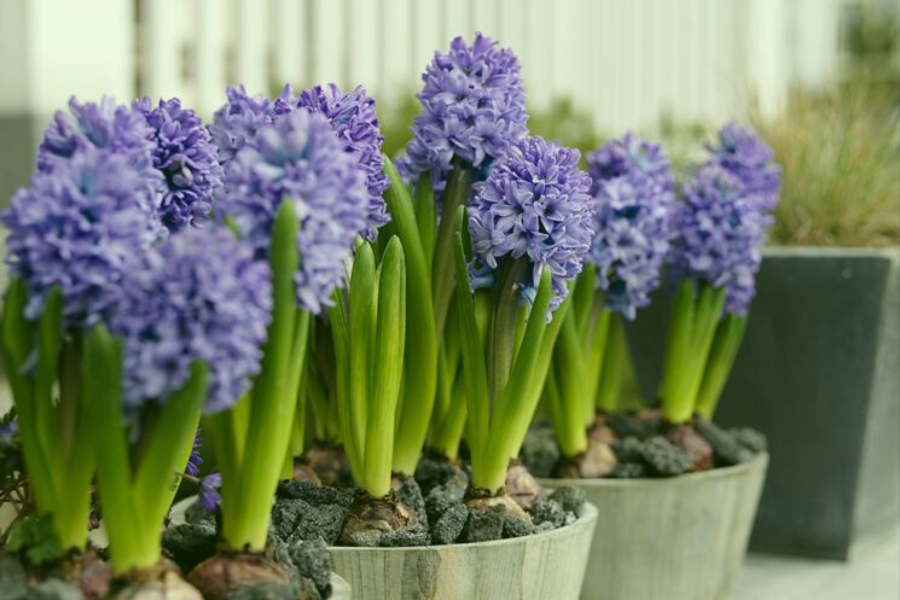
BULBS IN FLOWER
When we think of our favorite plants and the most colorful flowers, we think we always find ourselves in spring. Actually, spring begins in the fall.
We plant the spring flowering bulbs from September to December: just before the frosts, in fact, the bulbs need the cold to produce the flowers. The first bulbs bloom in February: snowdrops, crocuses and rooster feet. Then follow the other spring-flowering bulbs, such as tulips, daffodils and hyacinths. Alliums and lilies, on the other hand, bloom in May and June.
The bulb represents an ingenious system of nature to preserve plants, give them a way to survive critical periods such as those that are too cold or dry, and conserve the energy to resume their life cycle when conditions are favorable. The flower bulbs, after their productive season, store substances and energies accumulating them in the bulb and then rest, to wake up when the climate and external conditions are again inclined to their needs.
Try to plant the bulbs as soon as they have arrived and if by chance it is not possible to do so immediately, open the bags that contain them so that they take air and keep them in a dry and cool place until the time to plant them.
It is really pleasant to observe how the seedling develops from the bulb and then the flower blooms in the warm warmth of our home, while outside the rigors of winter still remain: because the bulbs planted at home give the charm of their spring colors already in the months winter. Hyacinths are the most easily cultivated flowers, but virtually any type of bulb such as tulips, daffodils, crocus, muscari, iris, squill and many others, can be brought to bloom indoors.
There are two basic ways to make bulbs bloom in your home. One method is to use ordinary clay or plastic pots with drainage holes in which you will place good garden soil or a mixture of fatty earth, dry leaves, peat and sand in equal parts. No manure or fertilizer is needed. When planting, the soil or compost should be cool and moist, but not wet.
The other method, on the other hand, consists in placing artificial fiber in bowls, boxes, vases or in ornamental containers to a depth of about 15 cm without drainage holes. Fiber bags for the bulbs can be purchased from your local supplier. For planting, the system to follow is the same, whether you use fiber or soil. First fill the container with earth or fiber. Then arrange the bulbs gently but firmly on the bottom so that the tips of the bulbs come or are just below the rim of the container. Add more earth or fiber by pressing it firmly with your fingertips to secure the bulb well. Water the pots well once the bulbs have been planted but be careful that the water does not completely submerge them.
Many varieties of tulip bulbs, hyacinths and daffodils are coming to our online shop: CLICK HERE to choose your favorites!

 English
English Italiano
Italiano Español
Español Português PT
Português PT Français
Français Deutsch
Deutsch Polski
Polski Nederlands
Nederlands Svenska
Svenska
All comments